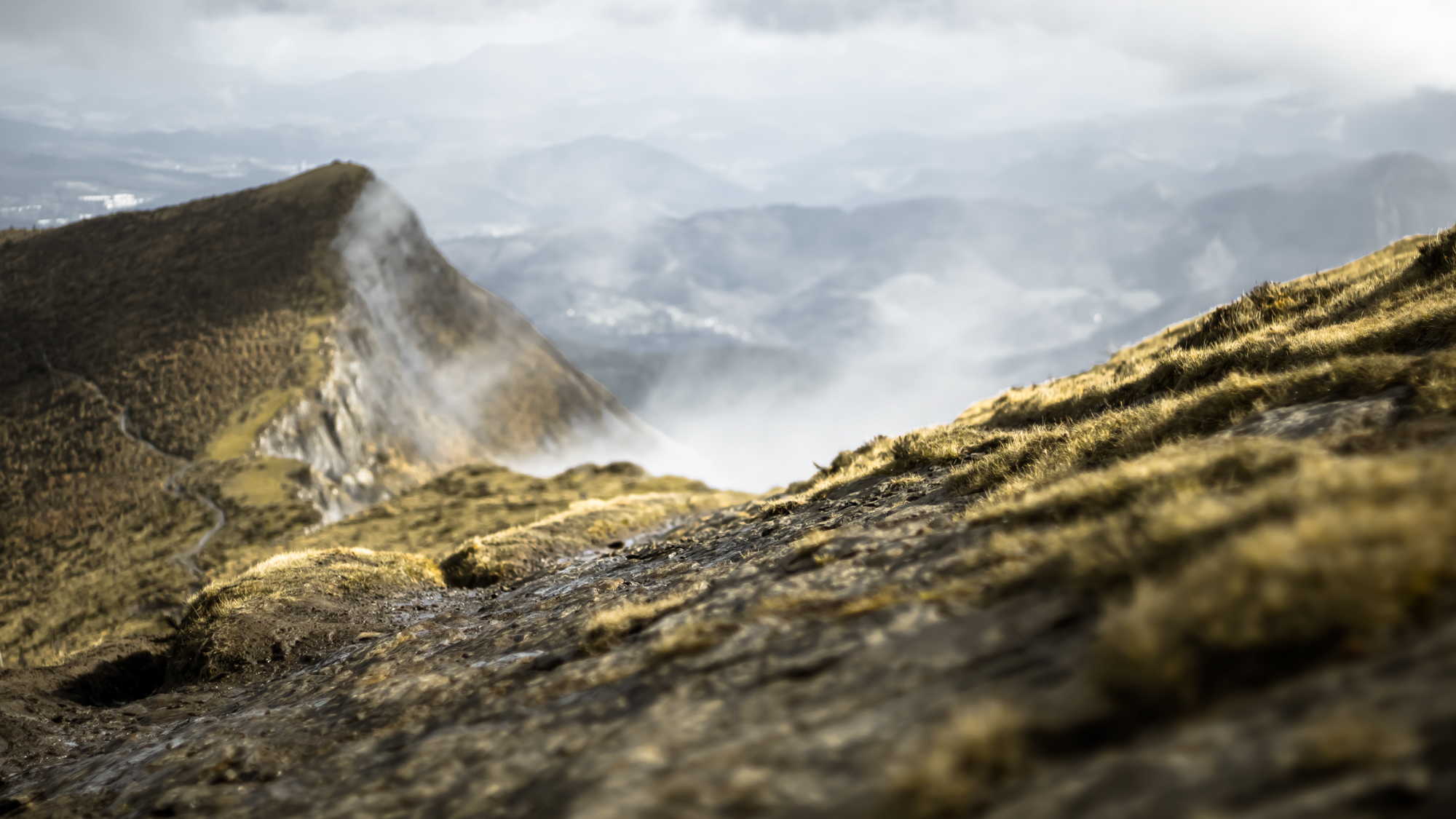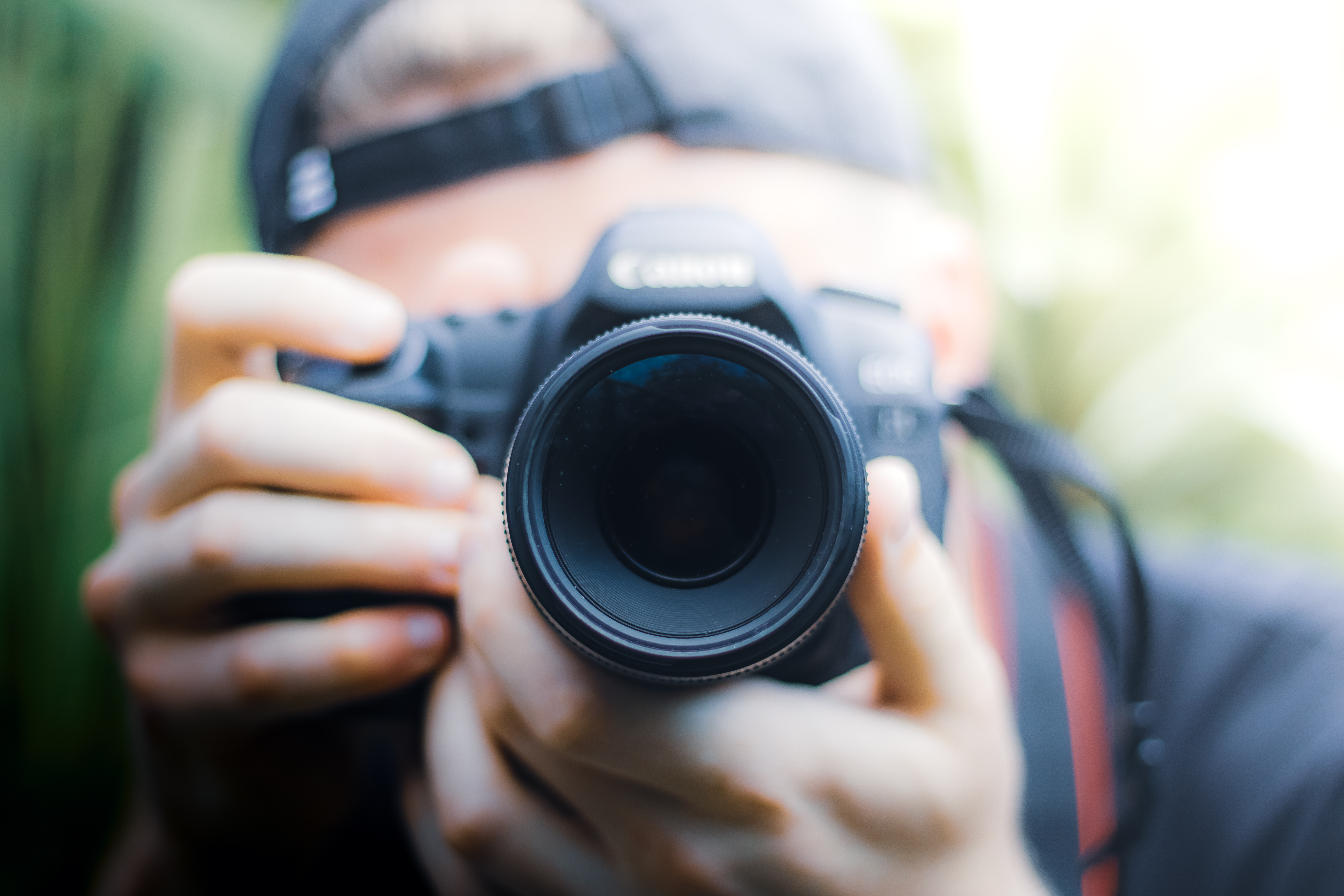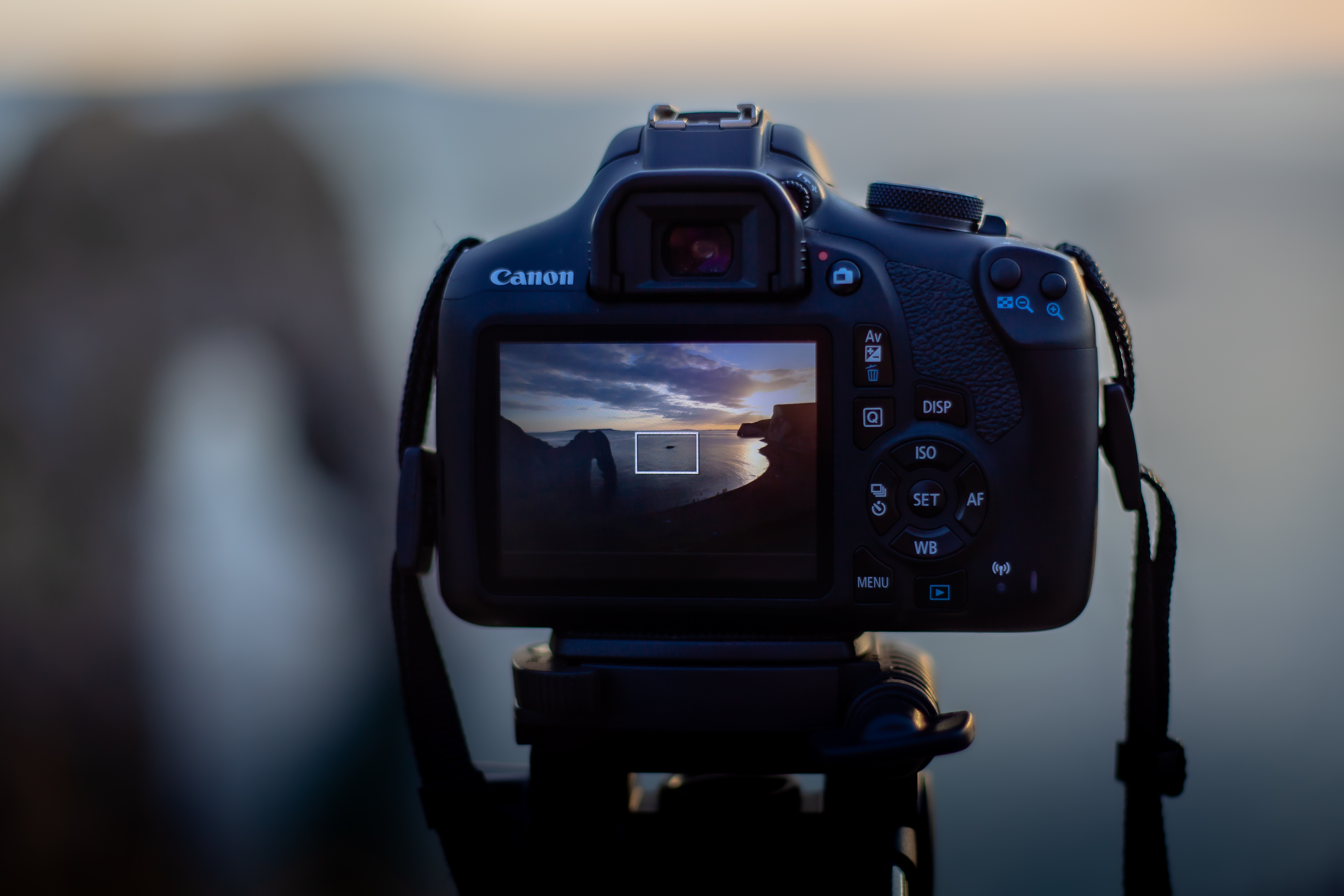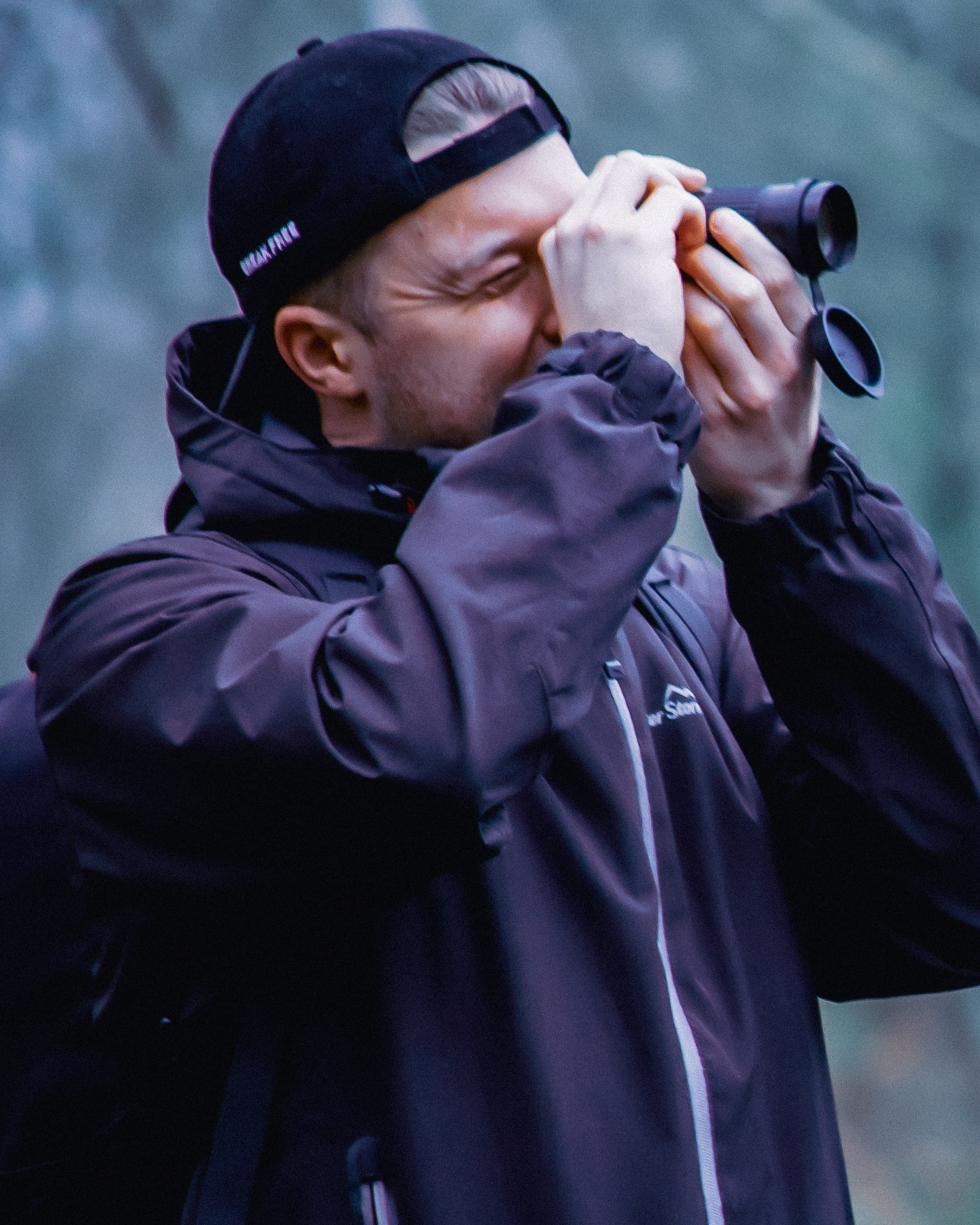Photographer Ben Wooton's top tips for shooting landscapes differently
Take a different approach to landscape photography with the advice of pro Ben Wooton

There is nothing better than spending time outdoors and creating memories with simple photographs. I often look back at my pictures and reminisce – this is something that runs in my genes. My grandparents would often give me photo albums from my childhood. They didn’t mean a lot to me when I was younger, but now I find them to be invaluable.
In the photo on this page, I want to lead the viewer down the textured path and into the scene, so here’s how I did it. First, I set my camera to f/1.8 to enable shallow depth of field. Next, I amended my shutter speed so the exposure meter on my camera shows in the middle or slightly underexposed.
Looking for the best Canon cameras?
I always try to keep my ISO setting as low as possible to keep noise to a minimum. Then I wanted to enhance that shallow depth of field so I set my camera close to the ground – usually handheld, as a tripod won’t get close enough. Then you’re ready to take the shot!
Ben's top tips for shooting landscapes differently
Try using a 50mm prime lens
I believe that a 50mm f/1.8 (or ‘nifty fifty’) is one of the all-time great lenses: it’s low in cost and high in performance. Depth of field is an important concept to understand and the nifty fifty allows you to experience it to its full potential. You want a lens that aids your shooting style: I’ll often shoot wide open at f/1.8 and other times at a more traditional f/8, but it’s good to have the option.
The best 50mm lens: which 'standard prime' is the right one for you?
Play with perspective
One of the best ways to stand out is to play with your perspective. Try to think outside the box, and shoot from above or below. This may change the whole feel of the photo. Not every angle will work, of course. However, you’ll never know if you don’t experiment. For ease, test out compositions handheld before placing the camera on the tripod.
The best camera deals, reviews, product advice, and unmissable photography news, direct to your inbox!
How to capture landscapes like a pro
When you’re starting out, you need to understand your camera and the three settings that control exposure: shutter speed, aperture and ISO. Shutter speed is the speed at which your shutter closes on your camera, so the higher the shutter speed, the sharper the shot (you will lose light with higher shutter speeds, however).
Aperture, also known as the f-stop, controls how much light comes into your camera. Aperture refers to the opening of the lens diaphragm. Lower f-stops (f/1.8) give more exposure and a shallow depth of field (milky foregrounds and backgrounds), while higher f-stops (f/20) give less exposure and a deeper depth of field.
Finally, ISO denotes your camera’s sensitivity to light. In my opinion, you should only raise your ISO setting when you’re unable to brighten the photo via shutter speed or f-stop.
Finding landscapes
Landscape photography is as much about planning as it is about the photographic process. You should always have a clear idea of where you are planning to go and at what time of day you will be able to capture the best photograph. Learn how to read maps and understand how you can utilize them to find the perfect location. When you arrive in a place you’ve never visited before, do some scouting. Carry a compass to figure out where the sun will rise and set, and imagine how the place would look in different kinds of light.
For more of Ben's work see his Instagram feed.
Find out how to go off-grid this autumn in search of epic landscape locations, and how to find natural borders to frame scenes creatively, plus, discover why you should use a polarizing filter for landscape photography.
The sister print publication to this website, Digital Camera Magazine is Britain's best-selling photography publication – and it can also be purchased outside the United Kingdom as Digital Camera World.
Digital Camera Magazine is packed with more expert advice and more inspirational images than any other title, with the sole aim of helping you become a better photographer. Every issue we also bring you a selection of great gifts which are designed to help you get more from your photography – everything from tips cards and cheat sheets to free software and bookazines.
In addition to inspirational images, interviews, projects, mini tests and tutorials, each issue is packed with news, reviews and comparisons, as well as photographer vs photographer shootouts and head-to-head challenges using the best photo editing software.
The magazine is captained by Editor Niall Hampton.





